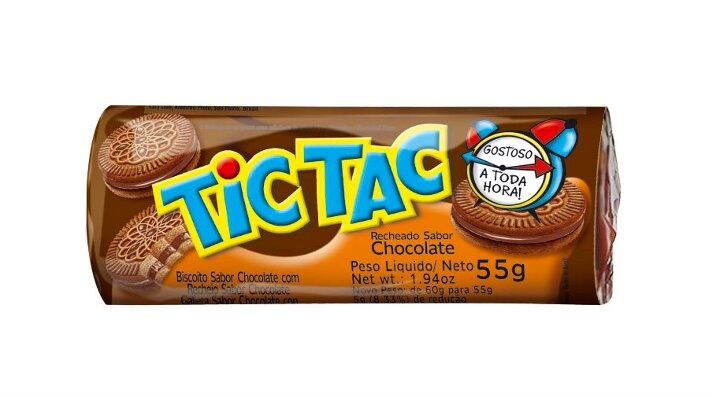Brazil’s Superior Court has ruled no third-party confectionery makers can register Tic Tac as a brand for their biscuit products.
The ruling comes three years after the firm lodged an appeal against an authorization for rival brand Indústria de Produtos Alimentícios Cory to use the Tic Tac brand name for a sandwich biscuit product.
Wrangle over biscuit registration

The dispute started when Cory registered its Tic Tac biscuit as a product – a move that was rejected by the Brazilian National Institute of Industrial Property (INPI) because Ferrero previously registered the brand in product classes 33.10 and 33.20. These subclasses cover jams, jellies, compotes, dried and candied fruits, confectionery, sweets, candies, chewing gums, honey, molasses, ice cream, cocoa powder, chocolate etc and refined and non-refined sugar and sweeteners in general.
However, Cory appealed the decision and a court ruled it was allowed to use the brand name for its biscuits because there was no likelihood of confusion in the market because the [different] packaging is sufficient to distinguish products sold by the parties involves.
Both companies then took the case to the superior court to battle out the ruling.
Special relationship
STJ minister Paulo de Tarso Sanseverino said INPI’s rejection of a registration application submitted by Cory for its Tic Tac biscuit brand should remain standing.
He explained that article 124, XIX, of law nº 9,279/96 expressly forbids the registration, as a brand, of a “reproduction or imitation … of a registered third party trademark, to distinguish or certify a product or service that is identical, similar or related, likely to cause confusion or association with the other brand”.
Sanseverino, who is also the STJ’s rapporteur for the case, acknowledged that the products marketed by the two parties are not similar or identical, “since one cannot confuse mints with biscuits”. Nevertheless, he is of the opinion that these products should be considered similar, because they operate in the same market niche, target a similar group of consumers and use the same marketing channels.
“Even if two products are classified into distinct classes, they may have a special relationship of affinity that justifies the scope of trademark protection beyond the limits of its class,” said Sanseverino.
He said the real risk was not product confusion - since no one would buy biscuits thinking the biscuits are mints - but an association of brands. It was, he said, perfectly reasonable to assume that a consumer of Tic Tac mints, when confronted with Tic Tac biscuits, would imagine that the same manufacturer made both products.
“Identification of a product with a trademark that has already been registered, albeit belonging to another class, can be interpreted, in a case such as this, as an expansion of the [original] manufacturer’s product line,” concluded Sanseverino.
